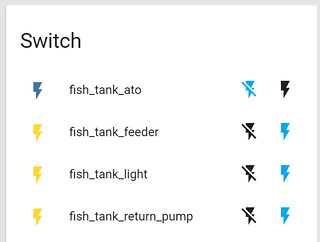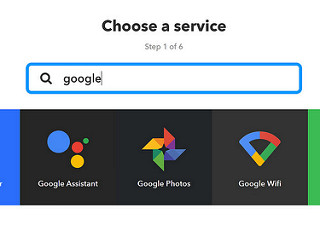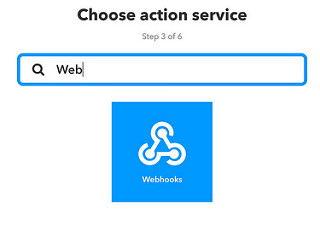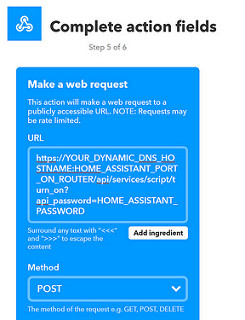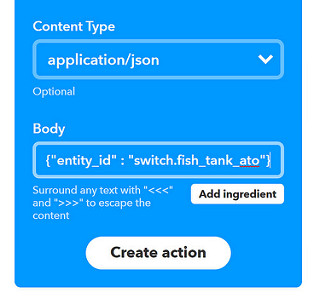- Joined
- Sep 8, 2019
- Messages
- 2,303
- Reaction score
- 2,859
Given the media attention on unwanted outside hacks of these kinds of devices I would suspect that security has not only gone up but is going to continue to evolve and therefore make legitimate home projects like this harder and harder to implement.





